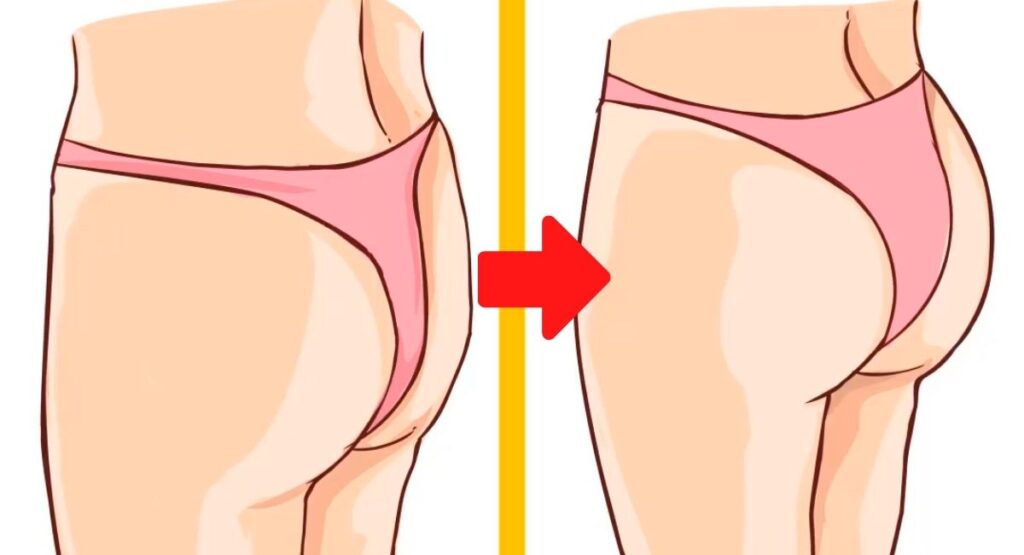Thyme is an aromatic plant which grows in sunny and hot areas, and its medicinal qualities have been recognized for millennia. Thyme (Thymus vulgaris) has a myriad of medicinal properties, and it is actually the most potent one among medicinal herbs.
It is packed with antioxidants, vitamins, and minerals. Thyme leaves are full of vitamins A, C, E, and K, as well as minerals like iron, calcium, potassium, and phosphorus.
Its high vitamin C levels boost the immune system, and all the other nutrients offer various health benefits, soothe infections, cure respiratory issues, alleviate digestive upset, and much more.
Thyme oil is also a powerful healing essential oil, with strong antimicrobial and antibacterial properties. Its main component, thymol, is a potent antioxidant. This essential oil offers antifungal and antibacterial properties and destroys strains of bacteria such as E. coli, Staphylococcus aureus, Salmonella typhimurium, and Klebsiella pneumoniae.
Thyme can be of 300 varieties and chemotypes, or plants that seem similar, but have different chemical compositions. The oil may have a slightly different chemical structure depending on the chemotype, and this affects its uses. The known chemotypes are:
Thymus vulgaris thymol – It has strong antiseptic activities and is 60 to 70 percent thymol. It is known as “thyme” and “red thyme” and is harvested during the fall.
Thymus vulgaris linalool —It is the most gentle of all thyme chemotypes, and is known as “garden thyme.” It has powerful antiparasitic and antifungal properties and is grown in high altitudes.
Thymus vulgaris geraniol ¬– It has a lemon-like fragrance, is picked during autumn, and is grown in high altitudes.
Thymus vulgaris 1,8 cineole – This contains 80 to 90 percent cineole and has strong diuretic, anticatarrhal, expectorant, and analgesic properties.
Thymus vulgaris phenol¬ – It grows in high altitudes and contains up to 90 percent of phenol compounds.
Thymus vulgaris carvacrol – It contains the chemical constituent carvacrol, and in spring, when collected, it contains 30 percent carvacrol, while when harvested right after flowering or in fall, it contains 60 to 80 percent.
Thymus vulgaris thujanol – It is found only in the wild, and contains 50 percent thujanol. It is known as “sweet thyme” and has beneficial effects on the immune system and hormones.
Thymus vulgaris p-cymene – It is harvested in spring.
Thymus vulgaris alpha-terpineol – It is harvested during the early spring and has a pepper-like smell.
Furthermore, thyme tea is a healthy drink that can be used as a natural remedy in the treatment of various health problems. It soothes coughs and respiratory infections, improves sleep, fights inflammation, alleviates the symptoms of food poisoning, and relieves a sore throat.
All you have to do is to add a teaspoon of dried thyme in a cup and pour boiling water over it. Cove the cup and leave to infuse for 10 minutes. Then, strain the tea, sweeten with honey, and drink it a few times daily.
You can also apply it to the skin to soothe skin infections, or use it as a gargle to relieve a sore throat.
Now, let us review the most important health benefits of this herb:
Bronchitis
Thyme offers strong antibacterial, antispasmodic, and healing properties, which fight bronchial infections. A study found that thyme and primrose root drinks helped relieve bronchitis symptoms, break down mucus, and soothe the coughs. Drink a few cups of warm thyme tea daily to treat bronchitis, relieve a cough, and ease your breathing.
Yeast and Fungal Infections
Thyme compounds thymol and carvacrol have fungicidal properties, so they destroy fungal pathogens that cause tuberculosis or other pulmonary infections, and the essential oil eliminates the Candida albicans yeast that can infect the gastrointestinal tract.
In the case of vagi*al yeast infections, soak a tampon in a mixture of 3 drops of thyme oil and a tablespoon of liquefied virgin coconut oil, and leave it in the vagi*a for an hour. Repeat daily.
Reduces Blood Pressure
Thyme tea can help you lower blood pressure, due to the high antioxidant content. Studies have proven that it effectively lowers blood pressure and heart rate, as well as LDL cholesterol, which has been linked to heart disease.
Common Cold and Flu
Thyme tea is an incredibly powerful natural remedy in the treatment of respiratory infections. It naturally treats colds and the flu and is effective against multidrug-resistant bacteria. Thyme suppresses coughs, and since it is a natural expectorant, it breaks up mucus and helps its elimination.
You can also inhale the aroma of thyme essential oil and thus fight colds, respiratory, and flu infections.
Allergies
Thyme relaxes the respiratory system and thus inhibits allergic reactions. This herb has antispasmodic properties which soothe the symptoms of asthma, fight inflammation in the airways, help breathing, an address wheezing issues. You can either inhale thyme essential oil directly from the bottle or in a diffuser, or you can drink thyme tea.
Strep Throat
To soothe the sore throat due to a strep infection, gargle with thyme tea. It has strong antimicrobial effects that destroy various Streptococcus strains of bacteria, and other oral pathogens that lead to infections. Thyme water also cures tonsillitis and soothes the throat.
You can put a few drops of the essential oil in a diffuser, and inhale the vapors, and thus relieve the symptoms of a sore throat.
Diarrhea
Thyme tea is a natural remedy against diarrhea. It relaxes the muscles of the colon and keeps you hydrated. It also fights symptoms of colitis such as diarrhea and abdominal pain.
Anxiety
Thyme tea and thyme essential oil reduce stress and relieve anxiety. This herb has an anxiolytic (anxiety-reducing) effect. All you have to do is to put a few drops of thyme essential oil on a tissue and inhale deeply to relieve anxiety and lower stress.
Acne
Studies have shown that thyme effectively fights acne, by killing off the Propionibacterium acnes strain of bacteria, which also lead to whiteheads, pimples, pustules, and acne cysts.
Dip a cotton ball in thyme tea, and apply it on the acne. You can also mix this tea with tea tree oil and use it as a facial cleanser to prevent acne breakouts.
Also, use thyme essential oil to treat acne breakouts, by adding 10-12 drops of it for every 1 ounce (30 ml) of carrier oil, and apply to the affected area.
Mold
Thyme destroys mold spores, and prevents their disastrous effects, like asthma, lung infections, allergies, and blocked airways.
You can make a homemade anti-mold spray, by adding 25 drops of thyme oil to a 16-oz. spray bottle with white vinegar or 3% hydrogen peroxide. Then, spray all over surfaces affected by mold, leave to act for 20 minutes, and wipe with a damp cloth.
Food Poisoning
Food poisoning occurs as a result of the ingestion of bacteria or germs and leads to diarrhea, vomiting, inflammation, and stomach cramps. Yet, thyme tea fights these symptoms and destroys the bacteria causing the infection.
Precautions When Using Thyme
You can add thyme to various foods in order to improve their flavor, or drink thyme tea on a daily basis.
However, you should avoid this tasty herb if you take blood clotting medications, and stop taking it 2 weeks before surgery. In some people, it can also cause allergies, and it can cause estrogen-like effect, so avoid it if you are at risk of hormone-sensitive conditions like ovarian cancer, uterine cancer, breast cancer, or endometriosis.
Thyme is easy to grow, and you will get the best taste and avoid potential toxins from commercially made tea if you use high-quality leaves harvested from your own backyard.
Here is how to grow your own thyme plant at home and reap its countless benefits:
Plant thyme in an area with plenty of sun exposure and well-draining, dry and gritty soil. You can use seeds or plant a root, but in this case, the resulting harvest can multiply very quickly.
If you live in northern planting zones, cover the plants with evergreen boughs to help them return in the spring.
When they start blooming, cut the top half off the branches and hang them in a dark, dry place. You can also place them on baking sheets and into the oven or a food dehydrator to accelerate the process.
When the flowers are dry, strip the leaves off and store them in a dark place.


